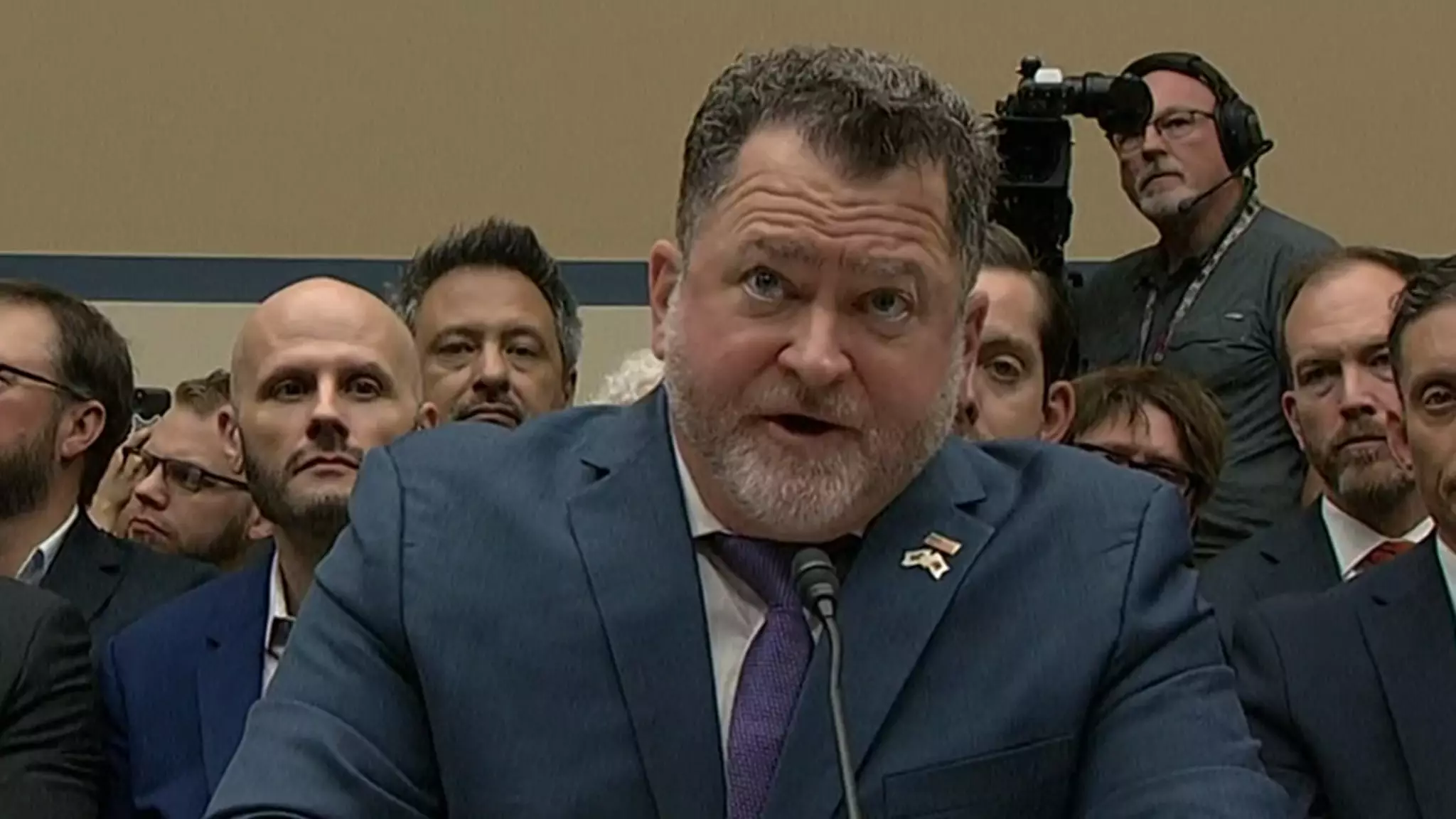Unidentified Anomalous Phenomena (UAPs) represent one of the most perplexing challenges to national security in contemporary discourse. The implications surrounding these phenomena have sparked heated debates among policymakers, defense officials, and the public alike. Recently, Luis Elizondo, a former official from the Department of Defense, brought this issue to the forefront during congressional hearings. Elizondo, alongside other experts in the field, argued that UAPs, which could potentially be products of foreign adversarial powers or advanced private technologies, signify a staggering gap in national reconnaissance efforts.
Elizondo’s testimony highlighted that these UAPs could surpass the technological capabilities of the United States government. This revelation raises alarming questions about the threats that lurk beyond our immediate comprehension, implying that the arms of national defense may be vastly outmatched. The core of Elizondo’s argument is simple: if UAPs are indeed controlled by hostile entities, the consequences represent a categorical intelligence failure, perhaps more significant than the events that led to the September 11 attacks.
The Quest for Answers
Throughout the hearing, Congresswoman Nancy Mace probed the essence of UAPs, questioning whether they were of extraterrestrial origin or developments by clandestine private corporations. Such inquiries reflect a growing public fascination with the broader ramifications of UAPs—whether they are interstellar in nature or merely the progeny of clandestine earthly experiments. Elizondo’s nuanced response, suggesting a dual possibility, emphasizes the ambiguity surrounding these phenomena and the need for a comprehensive investigation.
The fact that government oversight might not govern these advanced technologies intensifies the urgency of this matter. As the conversation shifts toward rigorous accountability, the government must grapple with its responsibility to protect national interests while also navigating a perhaps shifting landscape of technological innovations that lie outside its immediate scrutiny.
Expert Testimonies and Broader Implications
Elizondo’s testimony was not an isolated event but part of a broader symposium featuring notable experts in the UAP arena, including Michael Shellenberger and Tim Gallaudet. Their collective insights painting a multifaceted picture of UAPs’ significance and the complex intergovernmental and private sector relationships that contribute to this issue allow a deeper understanding of the current state of affairs.
As citizens, it matters deeply that we remain educated about these developments. The population at large must not only be aware of the existence of UAPs but also vigilant about their implications for national sovereignty and safety. Reflecting upon the historical narrative of UFOs and UAPs can provide insight into the growing discourse around public safety and governmental transparency.
In light of recent parliamentary discussions, it is imperative that the government prioritize UAP investigations and countermeasures. If UAPs represent an advanced technological prowess beyond our own, they offer not merely an opportunity for intrigue but a critical national security challenge requiring urgent and rigorous response. The complexity surrounding UAPs underscores the necessity of robust governmental strategies to mitigate this rising threat—not only for the department of defense but also for the preservation of American integrity in the face of potentially unprecedented challenges.

